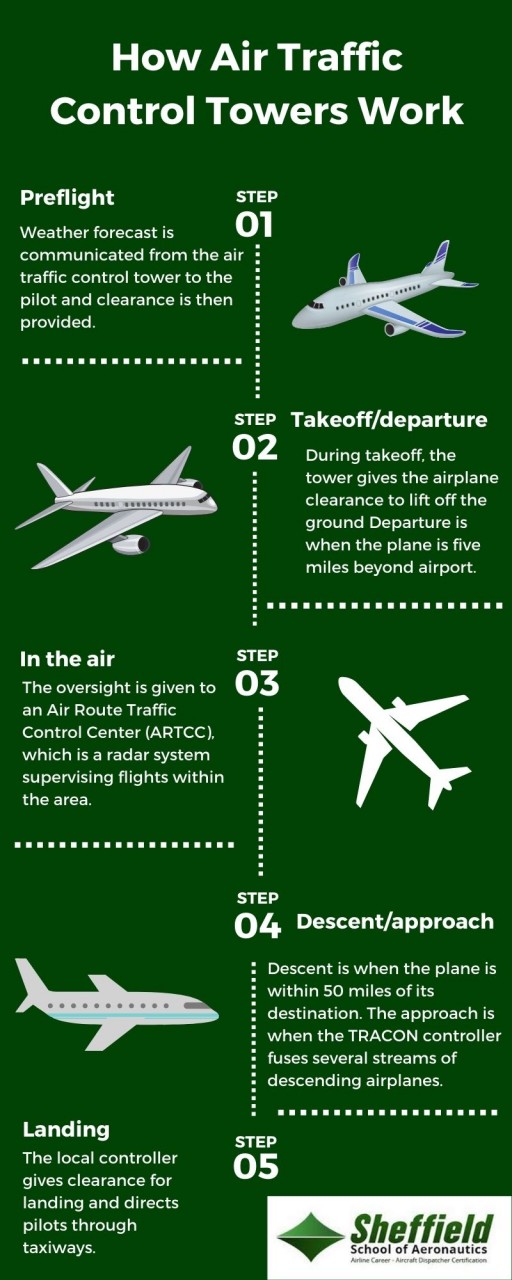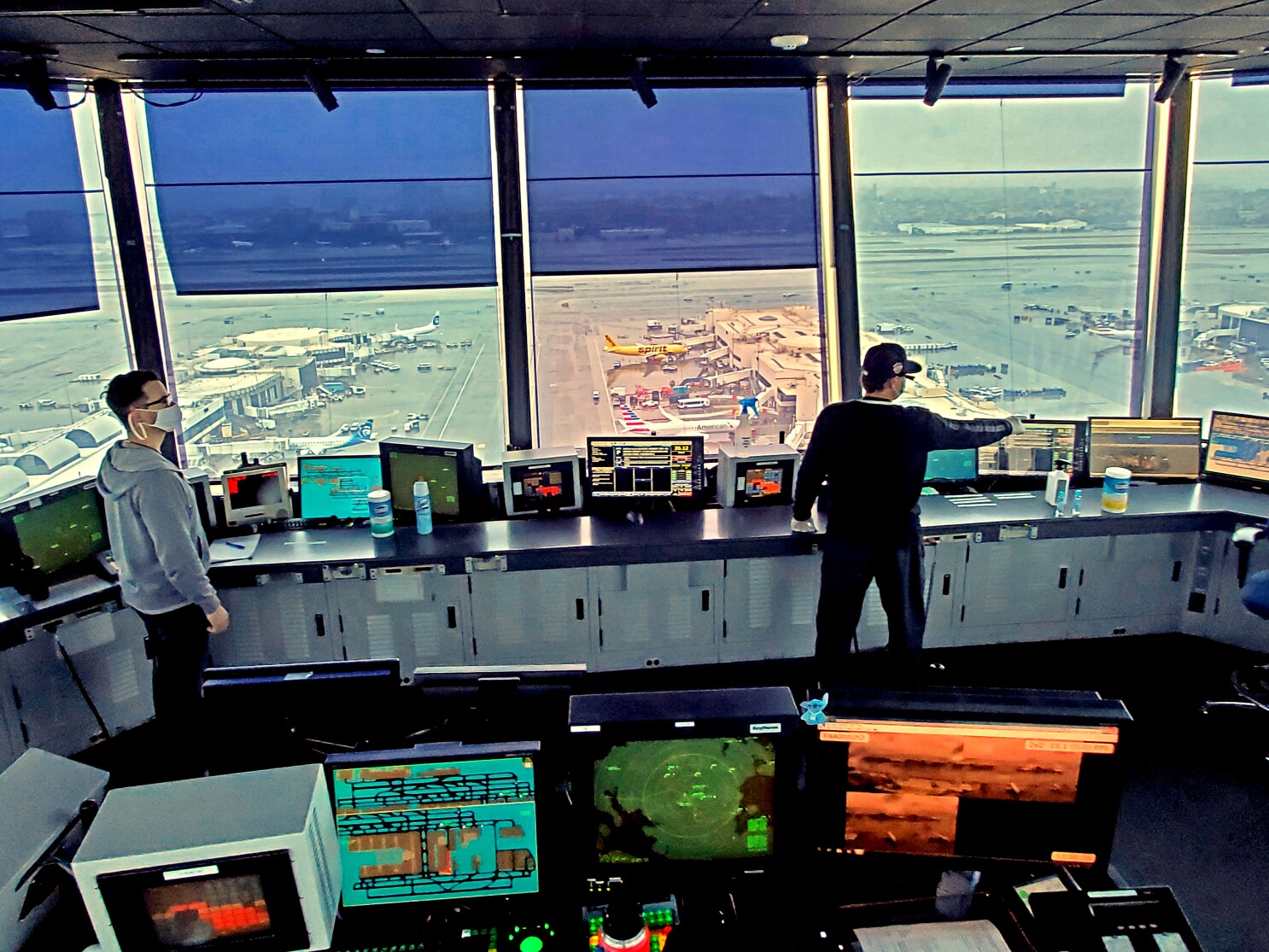About 'I am an Air Traffic Controller 4' Since its release in 1998, this air traffic control game has established itself as a long seller, strongly supported by numerous users both inside and outside of aviation fandom. For the safe flight of aircraft, air traffic controllers play a vital role. Item 6 New PC Windows I am Air Traffic Controller 3 Narita World Wings Japanese 6 - New PC Windows I am Air Traffic Controller 3 Narita World Wings Japanese.
| Accident | |
|---|---|
| Date | June 24, 1975 |
| Summary | Crash on approach as a result of microburst-induced wind shear[1] |
| Site | John F. Kennedy International Airport, Jamaica, Queens, New York, United States 40°38′58.8″N73°45′7.5″W / 40.649667°N 73.752083°WCoordinates: 40°38′58.8″N73°45′7.5″W / 40.649667°N 73.752083°W |
| Aircraft | |
| Aircraft type | Boeing 727-225 |
| Operator | Eastern Air Lines |
| Registration | N8845E |
| Flight origin | New Orleans International Airport, New Orleans, Louisiana |
| Destination | John F. Kennedy International Airport, Jamaica, Queens, New York |
| Occupants | 124 |
| Passengers | 116 |
| Crew | 8 |
| Fatalities | 113[a] |
| Injuries | 11 |
| Survivors | 11 |

Eastern Air Lines Flight 66 was a regularly scheduled flight from New Orleans to New York City that crashed on June 24, 1975 while on approach to New York's John F. Kennedy International Airport, killing 113 of the 124 people on board.[1]:1 The crash was determined to be caused by wind shear caused by a microburst, but the failure of the airport and the flight crew to recognize the severe weather hazard was also a contributing factor.[1]:1
I am an Air Traffic Controller 4. Since its release in 1998, this air traffic control game has established itself as a long seller, strongly supported by numerous users both inside and outside of aviation fandom. All Reviews: Very Positive (105) - 87% of the 105 user reviews for this game are positive. (87% of 105) All Time.
Flight information[edit]
Eastern Air Lines Flight 66 was a regularly scheduled passenger flight from New Orleans, Louisiana's New Orleans International Airport (prior to 1961 as Moisant Field/International Airport and since July 2001 renamed Louis Armstrong New Orleans International Airport) to John F. Kennedy International Airport in Jamaica, Queens, New York. On Tuesday June 24, 1975, Flight 66 was operated using a Boeing 727trijet, registration number N8845E.[1]:1

The flight departed from Moisant Field at 13:19 Eastern Daylight Time[b] with 124 people on board, including 116 passengers and 8 crew.[1]:1–2 The flight operated from New Orleans to the New York City area without any reported difficulty.[1]:2
The flight crew consisted of the following:

- The captain was 54-year-old John W. Kleven, who had been serving with Eastern Air Lines for nearly 25 years, and had been a 727 captain since July 10, 1968. Kleven had a total of 17,381 flight hours, including 2,813 hours on the Boeing 727.[1]:44
- The first officer was 34-year-old William Eberhart, who had been with Eastern Air Lines for nearly nine years. He had 5,063 flight hours, with 4,327 of them on the Boeing 727.[1]:44
- The flight engineer was 31-year-old Gary M. Geurin, who had been with Eastern Air Lines since 1968 and had 3,910 flight hours, 3,123 of them on the Boeing 727.[1]:45
- A second flight engineer, 31-year-old Peter J. McCullough, was also on board undergoing training, with Geurin monitoring his progress. McCullough had been with Eastern Air Lines for four years and had 3,602 flying hours, including 676 hours on the Boeing 727.[1]:45
Crash[edit]
A severe thunderstorm arrived at JFK just as Flight 66 was approaching the New York City area.[1]:2[2] At 15:35, the aircraft was told to contact the JFK approach controller for instructions, and the approach controller sequenced it into the approach pattern for Runway 22L.[1]:2 At 15:52, the approach controller warned all incoming aircraft that the airport was experiencing 'very light rain showers and haze' and zero visibility, and that all approaching aircraft would need to land using instrument flight rules.[1]:2
At 15:53, Flight 66 was switched to another frequency for final approach to Runway 22L.[1]:2 Controllers continued giving the crew radar vectors to operate around the approaching thunderstorms and sequence into the landing pattern with other traffic.[1]:2 Because of the deteriorating weather, one of the crew members checked the weather at LaGuardia Airport in Flushing, Queens, the flight's alternate airport.[1]:2 At 15:59, the controller warned all aircraft of 'a severe wind shift' on final approach, and advised that more information would be reported shortly.[1]:2 Although communications on the frequency continued to report deteriorating weather, Flight 66 continued on its approach to Runway 22L.[1]:3 At 16:02, the crew was told to contact the JFK tower controller for landing clearance.[1]:3
At 16:05, on final approach to Runway 22L, the aircraft entered a microburst or wind shear environment caused by the severe storms. The aircraft continued its descent until it began striking the approach lights approximately 2,400 feet (730 m) from the threshold of the runway.[2] After the initial impact, the plane banked to the left and continued to strike the approach lights until it burst into flames and scattered the wreckage along Rockaway Boulevard, which runs along the northeast perimeter of the airport.[c] Of the 124 people on board, 107 passengers and six crew members (including all four flight crew members) were killed. The other 11 people on board, including nine passengers and two flight attendants, were injured but survived.[a]
At the time, the crash was the deadliest in United States history. The victims included American Basketball Association player Wendell Ladner, a member of the 1974 champion, New York Nets,[4] and Iveson B. Noland, bishop of the Episcopal Diocese of Louisiana.[2]
Investigation and results[edit]

The accident was investigated by the National Transportation Safety Board (NTSB). As the investigation progressed, it was found that 10 minutes before Flight 66's crash, a Flying Tiger LineDouglas DC-8 cargo jet landing on Runway 22L reported tremendous wind shear on the ground. The pilot warned the tower of the wind shear conditions, but other aircraft continued to land. After the DC-8, an Eastern Air LinesLockheed L-1011 landing on the same runway nearly crashed. Two more aircraft landed before Flight 66. According to the conversation recorded by the cockpit voice recorder, the captain of Flight 66 was aware of reports of severe wind shear on the final approach path (which he confirmed by radio to the final-vector controller), but decided to continue nonetheless.[1]:3
The NTSB published its final report on March 12, 1976, determining the following probable cause of the accident:[5]
Air Traffic Controller 3 Demo
The National Transportation Safety Board determines that the probable cause of this accident was the aircraft's encounter with adverse winds associated with a very strong thunderstorm located astride the ILS localizer course, which resulted in high descent rate into the non-frangible approach light towers. The flight crew's delayed recognition and correction of the high descent rate were probably associated with their reliance upon visual cues rather than on flight instrument reference. However, the adverse winds might have been too severe for a successful approach and landing even had they relied upon and responded rapidly to the indications of the flight instruments.[1]:39
The NTSB also concluded that failure of either air traffic controllers or the flight crew to abort the landing, given the severe weather conditions, also contributed to the crash:
Contributing to the accident was the continued use of runway 22L when it should have become evident to both air traffic control personnel and the flight crew that a severe weather hazard existed along the approach path.[1]:39
Legacy[edit]
This accident led to the development of the original low level wind shear alert system by the U.S. Federal Aviation Administration in 1976, which was installed at 110 FAA towered airports between 1977 and 1987.[6] The accident also led to the discovery of downbursts, a weather phenomenon that creates vertical wind shear and poses dangers to landing aircraft, which ultimately sparked decades of research into downburst and microburst phenomena and their effects on aircraft.
The concept of downbursts was not yet understood when Flight 66 crashed. During the investigation, meteorologistTed Fujita worked with the NTSB and the Eastern Air Lines flight-safety department to study the weather phenomena encountered by Flight 66. Fujita identified 'cells of intense downdrafts' during the storm that caused aircraft flying through them 'considerable difficulties in landing'.[7]:1 Fujita named this phenomenon 'downburst cells' and determined that a plane can be 'seriously affected' by 'a downburst of air current'.[7]:1 Fujita proposed new methods of detecting and identifying downbursts, including installation of additional weather monitoring equipment at the approach ends of active runways, and also proposed development of new procedures for immediately communicating downburst detection to incoming aircraft.[7]:46
Fujita's downburst theory was not immediately accepted by the aviation meteorology community. However, the crashes of Pan Am Flight 759 in 1982 and Delta Airlines Flight 191 in 1985 prompted the aviation community to re-evaluate and ultimately accept Fujita's theory and to begin researching downburst/microburst detection and avoidance systems in earnest.[8]

See also[edit]
Footnotes[edit]
- ^ abAlthough the NTSB's final report only lists 112 'fatal' injuries, a total of 113 people died as a result of the crash. One fatality, a passenger who initially survived the crash but died 9 days later, was officially recorded by the NTSB as a 'nonfatal' injury. In its final report, the NTSB explained that at the time, 49 CFR 830.2 defined 'fatal injury' as an injury that results in death within 7 days of an accident. In accordance with regulation, the NTSB counted this deceased passenger among the 12 'nonfatal' injuries.[1]:6 The regulation has since been revised, and as of February 2016, any injury resulting in death within 30 days is now deemed a 'fatal injury'.[3]
- ^The NTSB describes all times in its final report using Eastern Daylight Time.[1]:2
- ^In the aftermath of the crash, Rockaway Boulevard was closed for some time.[2]
References[edit]
- ^ abcdefghijklmnopqrstuvwx'Aircraft Accident Report, Eastern Airlines, Inc. Boeing 727-225, N8845E, John F. Kennedy International Airport, Jamaica, New York, June 24, 1975'(PDF). National Transportation Safety Board. March 12, 1976. AAR/76/08. Retrieved February 7, 2016.Cite journal requires
|journal=(help) - ^ abcdPugh, Thomas; Browne, Arthur; Singleton, Donald (June 25, 1975). 'Jet crashes at Kennedy Airport during a thunderstorm in 1975'. New York Daily News. Retrieved August 1, 2016.
- ^
- ^United Press International, 'Jetliner Crashes in New York; 109 Killed', Playground Daily News, Fort Walton Beach, Florida, June 25, 1975, Volume 30, Number 119, page 1A.
- ^Accident description at the Aviation Safety Network
- ^Meyer, Darin R. (January 10, 1999). 'Study Of Network Expansion Llwas (Llwas-Ne)Fault Identification And System Warning Optimization Through Joint Use Of Llwas-Ne And Tdwr Data'(PDF). Mark A. Isaminger, and Erik A. Proseus. Archived from the original(PDF) on September 12, 2006. Retrieved June 23, 2007.Cite journal requires
|journal=(help) - ^ abcT. Theodore Fujita (March 1, 1976). Spearhead echo and downburst near the approach end of a John F. Kennedy Airport runway, New York City(PDF) (Report). Retrieved February 9, 2016.
- ^'Accident Overview, Lessons Learned, Eastern Airlines B727 Flight 66 near JFK Int'l Airport'. Federal Aviation Administration. Retrieved February 9, 2016.